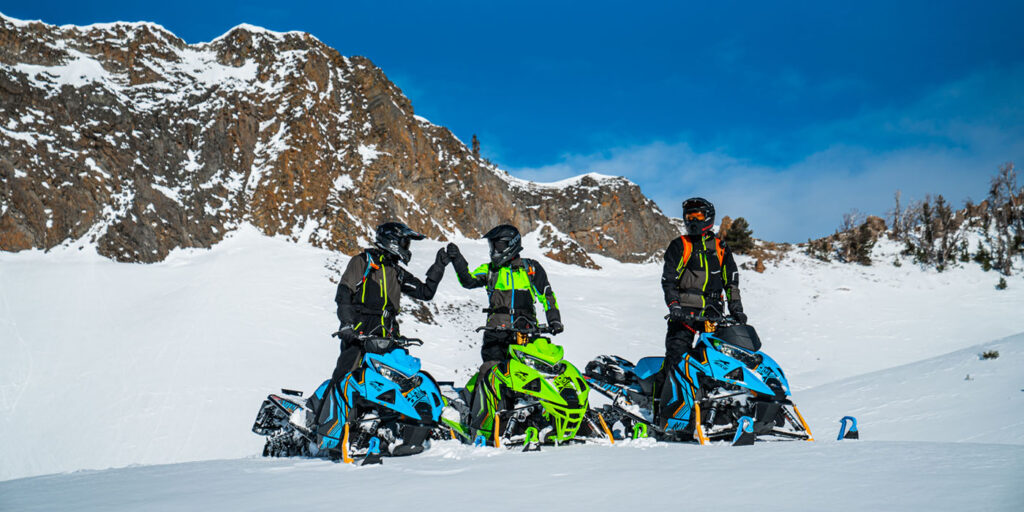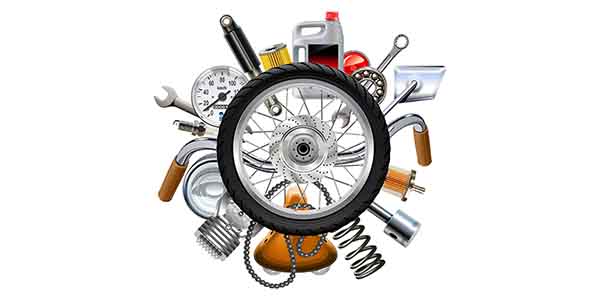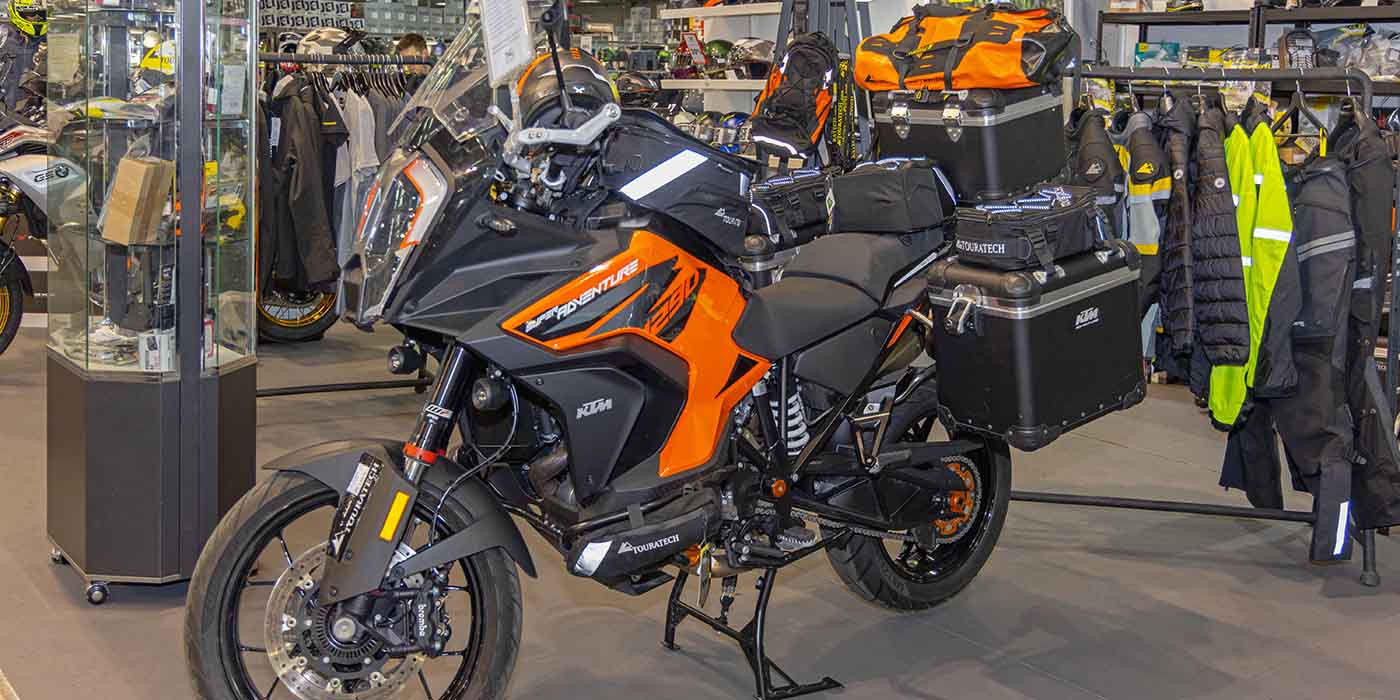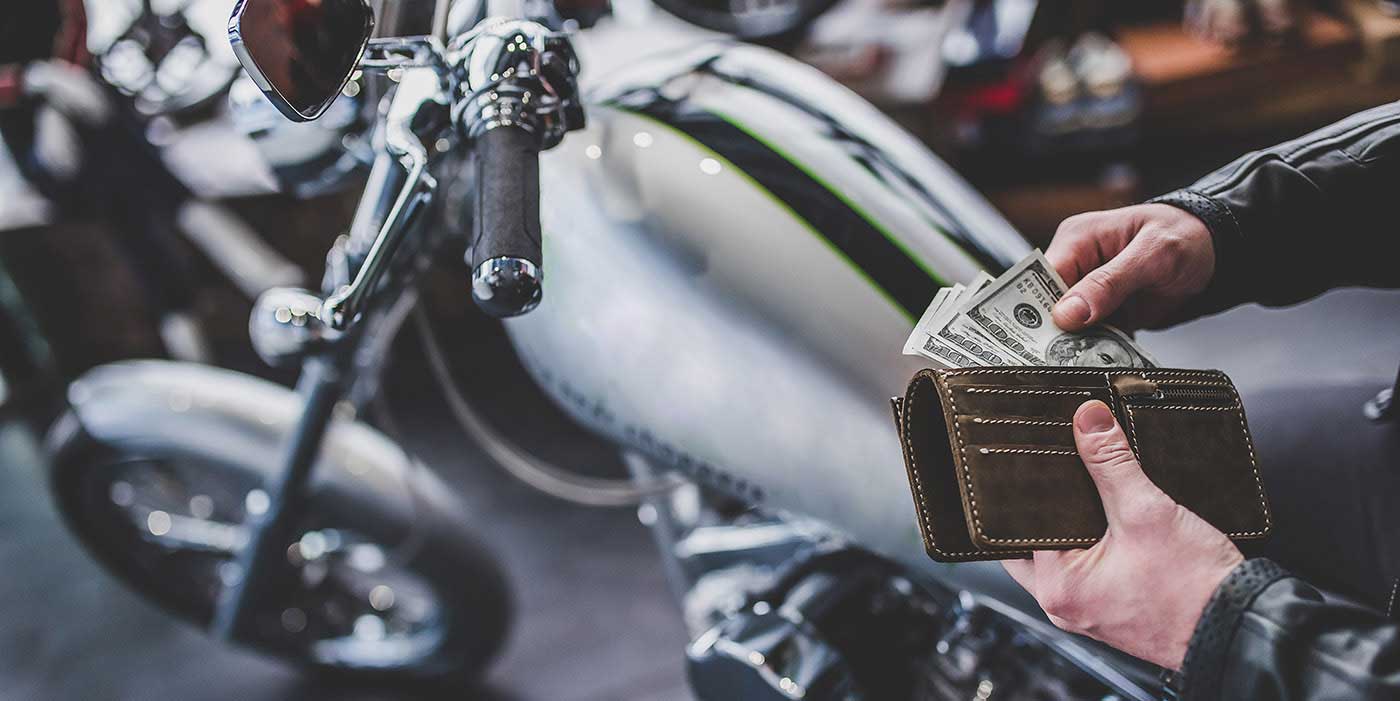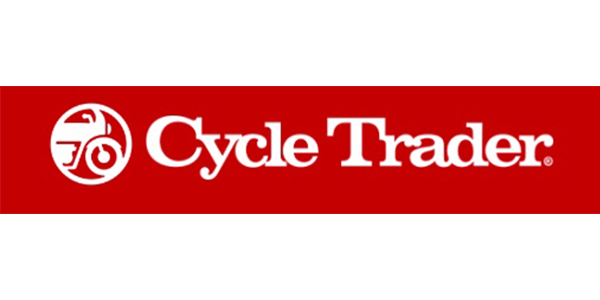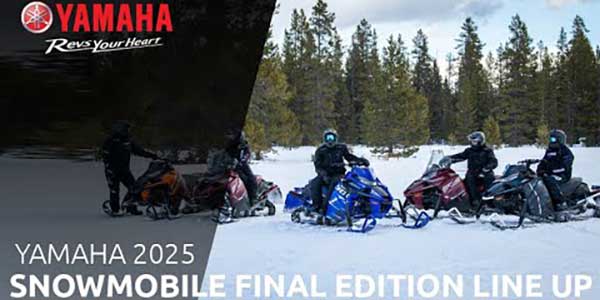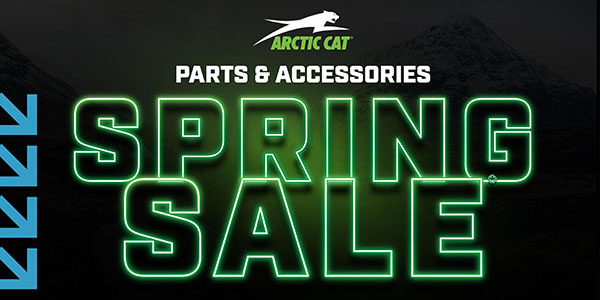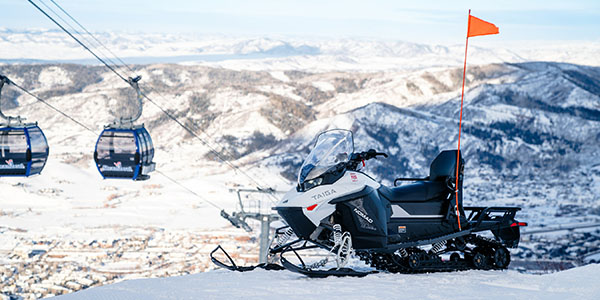Over the past couple years, the snowmobile industry has seen an increase in sales due in part to the pandemic and people seeking to enjoy the outdoors. Dealerships have been selling every snowmobile they receive from manufacturers. With the influx of new riders to the industry, dealerships need to prepare their staff to be a knowledgeable resource during their customers’ purchase decisions.
To the newcomer, purchasing a snowmobile can be daunting. From understanding engine sizes to chassis sizes, there’s a large learning curve. Here are a few things customers should consider when purchasing a snowmobile.
Terrain
It is essential to understand the type of terrain the rider will encounter. Will he or she be riding trails, backcountry or a little bit of both? Deep snow and mountain riding requires a longer track with larger lugs to float on top of the snow, while shorter-tracked sleds with shorter lugs are made for trail riding. There’s also a crossover category for those riders who ride a little bit of both. If the sled will be used predominantly for work, such as hauling and towing, a utility sled with a wider track would be preferred. The right sled for the right type of terrain ensures a great riding experience.
Engine Size
Snowmobiles come in a wide variety of engine sizes, from 120cc youth sleds to turbocharged thrill rides. Sales staff should understand the age of the rider, type of riding and skill level to help customers decide how much power they need. Youth should ride an age-appropriate sled made specifically for them. Youth sleds have additional safety features to ensure kids have an enjoyable and safe experience. Newer riders can find sufficient power in 400cc to 600cc sleds, while more experienced riders can have fun on a wide variety of cc sizes, including for the higher-powered 800cc-plus sleds.
Chassis Size
The bigger the chassis, the more it takes to maneuver. That means it’s also important to understand the size of the rider. While full-sized sleds can work for a wide variety of riders, mid-sized chassis are great for beginners or smaller-stature riders. Youth sleds have the smallest chassis to accommodate young riders while they familiarize themselves with the sport.
Accessories
The right accessories can make all the difference when riding. Storage options, windshields, handguards, seat warmers and sled protection items make not only for a better ride but additional revenue for the dealership.
Riding Gear
It is also important to equip the rider with the right gear for riding. Helmets, gloves, goggles and boots are essential, but the type of riding clothes is also important. Normally, a layered approach works well with snowmobiling, so the rider can shed layers dependent on the weather. Due to their constant activity and movement needed to carve and slalom, mountain riders normally have lighter snowmobile jackets, bibs or monosuits. Trail riders wear heavier jackets and bibs, as they can be more passive riders. Balaclavas can be worn under the helmet for additional warmth as well as hand and foot warmers.
Transport
Be a full solution for your customers and provide them information on the various ways they can transport their sleds. Sled decks and trailers (either open or closed) provide different options based on budget and need. Understanding their pull vehicle, number of sleds and travel duration will help you recommend the best options. Add-on purchases, such as ratchet straps, tie-down bars and covers, should also be suggested based on transport option.
Helping people that visit your dealership choose the right sled and gear will lead to a great snowmobiling experience and long-term customers.
Arctic Cat is a leading snowmobile, side-by-side and ATV manufacturer with decades of trail riding, racing and bringing friends and families together. For more information about its snowmobile products, visit https://arcticcat.txtsv.com/snow.

